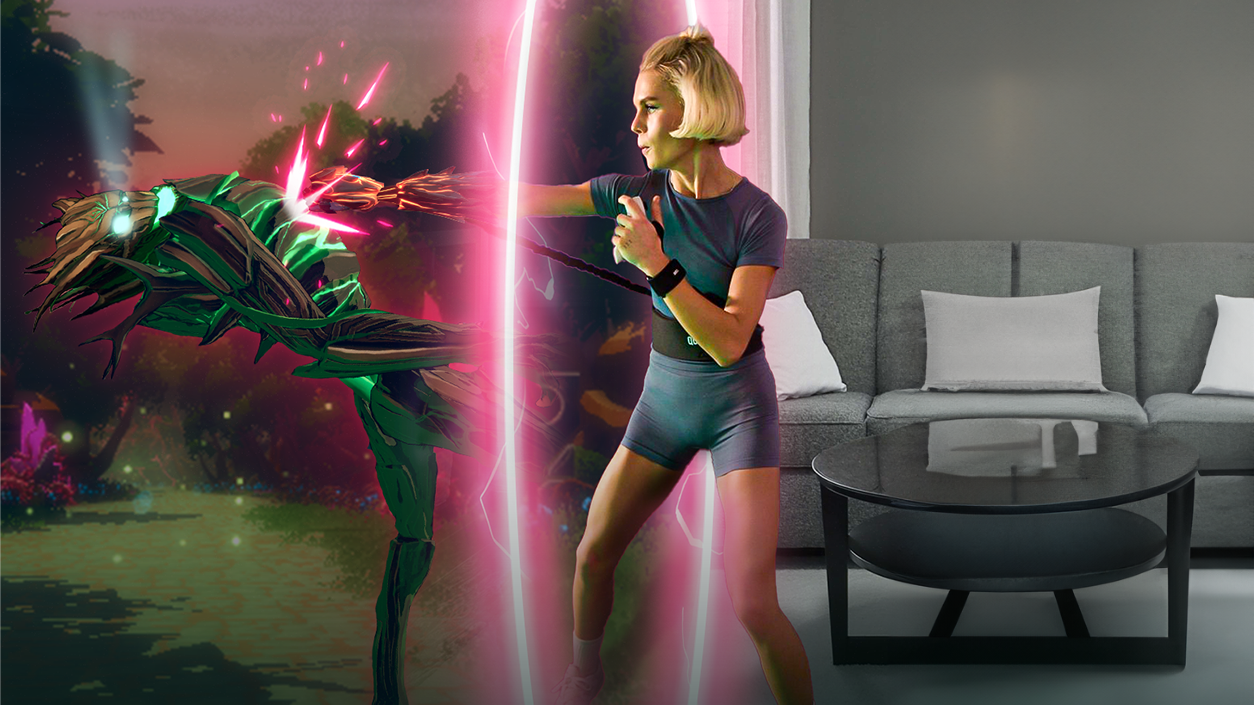- 10th year of the awards sees a record 9,000+ entries
- 45 shortlisted finalists on display in Gallery@Oxo in London, 11-15 December
- Italian photographer Milko Marchetti scoops top award
The Nikon Comedy Wildlife Awards 2024 has unveiled this year's winners, selected from over 9,000 images of animals captured in a variety of entertaining situations and expressions – the most in the contest's 10-year history. Italian photographer Milko Marchetti scooped the overall winner award with their perfectly-timed image of a red squirrel seemingly stuck in a tree (see below).
Milko wins a safari trip to the Maasai Mara game reserve in Kenya, while Nikon's Young photographer category winner, Kingston Tam, walks away with a Nikon Z8 mirrorless camera and 24-120mm zoom lens for their closeup image of a frog.
There were 45 shortlisted finalists in all, and TechRadar got to see the images at the awards evening in London. The exhibition runs from 11-15 December in the Gallery@Oxo in London, and entry is free.
If you're not in or visiting the UK, all of 2024's finalists can be seen on the Nikon Comedy Wildlife Awards website, and you'll find the category award winners below – try not to smile!
Overall winner – Milko Marchetti

Milko's photograph of a red squirrel was taken in 2022 in the Podere Pantaleone park in Bagnacavallo, Ravenna, Italy. Milko uses a hide during the months that the park is closed to the public – his access is granted in exchange for his photos. Sitings of such squirrels are generally rare in Italy, but in the park they are more confident.
Milko says, “Nature photography has been my passion, ever since I was a boy, and I’ve always put all my free time and energy into it. I think that nature offers so much beauty and variety, and with a camera, the photographer has this ability, this superpower to freeze a moment and make it last forever in the form of a photograph. The emotion I experience at the moment when I click the camera button is pure adrenaline, and my hope is always to be able to convey at least one natural emotion through my photography. It seems it really worked this time!”
Category winners
Nikon young photographer category winner – Kingston Tam

People's choice category winner – Tapani Linnanmäki

Insect category winner – Jose Miguel Gallego Molina

Reptile category winner – Eberhard Ehmke

Bird category winner – Damyan Petkov

Fish & other aquatic animal category winner – Przemyslaw Jakubczyk

Nikon junior photographer category winner – Sarthak Ranganadhan

You might also like
- You don't really need a new camera – a $200,000 photo prize was just won with this old Canon DSLR
- These stunning iPhone Photography Award 2024 winners show you don't need an iPhone 16 upgrade after all
- An entirely real photo wins an AI photo contest – and photographers finally have something to smile about
from TechRadar - All the latest technology news https://ift.tt/jM1r2P4

